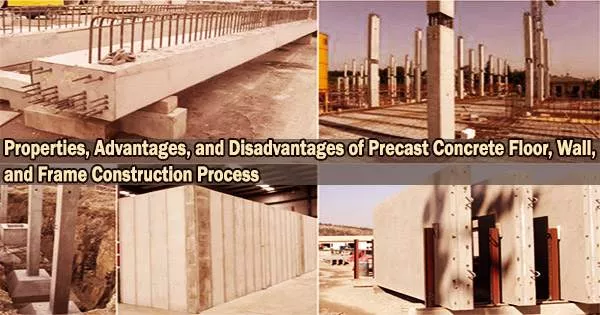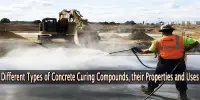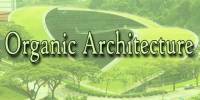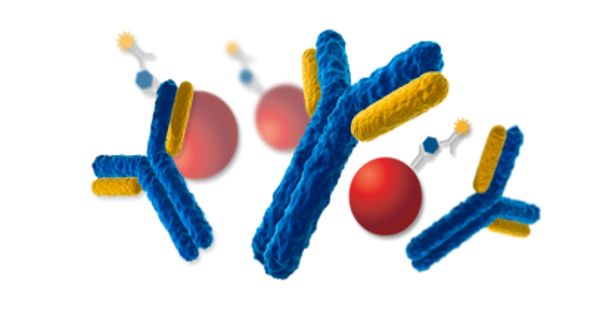The frame, walls, and floors make up the main components of precast concrete construction. Precast concrete has superior quality control than on-site concrete building and can save time and money on the project. Compared to cast-in-situ concrete structures, steel, timber, and masonry structures, precast concrete construction has various benefits.
Construction may be done more quickly and effectively. This system has unique properties that to a greater or lesser extent affect the layout, span length, construction depth, stability system, etc.
Theoretically, all of the connections between the precast concrete units could be made in such a way that the finished precast structure would resemble a cast-in-situ structure in terms of its monolithic design. However, precast concrete construction is very labour intensive and costly. The structure should be planned out in accordance with the precast concrete industry’s special design philosophy if the material’s full benefits are to be achieved.
Long spans, appropriate stability concept, simple details, etc. Before finishing a design in precast concrete, designers need from the very beginning of the project take into account the possibilities, constraints, and advantages of precast concrete, as well as its detailing, manufacturer, transport, erection, and serviceability stages.
Properties of Precast Concrete Construction
Following are the few Properties of Precast Concrete Construction Process:
- Enables faster programmed times not affected by weather or labour shortages.
- Improves buildability early enclosure of dry envelope enables follow-on trades to start sooner.
- Produces high-quality work in factory conditions, which lowers the risk of accidents and tackles the skill gap present on the job.
- Its high-quality finish allows it to be left exposed, and low-energy buildings can take advantage of its thermal qualities.
Functions of Precast Concrete Construction –
Primary Functions:
- Keep water out
- Prevent air leakage
- Control light
- Control radiation of heat
- Control conduction of heat
- Control sound
Secondary Functions:
- Resist wind forces
- Control water vapor
- Adjust to movement
- Thermal & moisture expansion/contraction
- Structural movements
- Resist fire
- Weather gracefully
- Easy to install
When creating facades for a variety of buildings, including healthcare facilities, shopping centers, office buildings, and sports stadiums, architectural precast concrete offers architects a fascinating medium. Precast concrete provides:
- Complete thermal protection
- Continuous air/vapour barrier
- Effective rain screens
- Superior lifespan
- Reduced construction schedule and on-site labour
- High quality control standards
- Numerous finish options and colours
Precast Concrete Frame Construction
Precast concrete frames involve an entire structure being fabricated off-site. Additionally, structural parts may be provided for on-site insertion into a structure. Frames can allow a wide range of combinations, colors, and finishes while still meeting structural and ornamental design criteria. In order to take use of concrete’s high heat conductivity in a building’s “green” energy management system, architecturally finished precast structures might be left exposed.
Construction Process
Similar to precast concrete cladding, precast concrete frames are cast, but because they are intended to be structural elements, they require stronger reinforcing than non-structural cladding. To transfer significant stresses between columns and beams while maintaining the frame’s aesthetic integrity, elegant connections are necessary.
Benefits of using Precast Concrete Frames:
Precast concrete frames:
- Enable faster programme times not affected by weather or labour shortages.
- Improve buildability structure is fabricated off-site for rapid erection on-site
- Produce a high standard of workmanship in factory conditions reduces potential for accidents, addresses on-site skill shortage.
- Have a high quality finish that can be left exposed concrete’s thermal properties can be exploited in low-energy buildings.
Precast Concrete Wall Construction
Precast concrete walls are used for internal & external walls, lift shafts, central cores etc. Most precast wall systems are employed in residential construction, including for single-family homes and apartments. The answer can be viewed as an industrialized version of traditional brick or block masonry walls or cast-in-place walls.
The precast walls can be load bearing or only partition walls. Both sides of the surface of the components are smooth and ready for painting or wallpapering.
Precast walls have the benefits of quick construction, a finished, smooth surface, acoustic insulation, and fire resistance.
Precast Concrete Floor Construction
Types of precast concrete floors:
- Hollow core floors
- Ribbed floors
- Concrete roof elements
Massive slab floors
Precast floors’ main benefits include their quick construction, lack of scaffolding, wide diversity of varieties, high span capacity, and affordability. Precast floors can also be divided into entirely precast and partially precast floors based on how they were made. Units that are completely cast at the factory make up entirely precast concrete floors. The units are joined to the structure after erection, and the longitudinal joints are grouted.
In some cases a cast in-situ structural topping screed is added. A precast part and a cast-in-place part make up partially precast concrete flooring. At the very end, both components are working together to achieve the composite structural capacity. Following is a description of the primary fully precast floor and roof types.
Advantages of Precast Concrete Process –
Precast concrete process provides following advantages:
- Structural efficiency
- Flexibility in use
- Optimum use of materials
- Speed of construction
- Quality consciousness
- Adaptability
- Protection of the environment
Advantages:
- Precast concrete construction is less expensive than real brick.
- Does not require an extensive footing like a real masonry wall. Can be reset should it ever shift.
- More durable than real masonry – no mortar joints to let water in.
- Installs quickly and easily – most can be done in one day.
- Maintenance free – No need to paint or periodically replace slats as you would with wood fences.
Disadvantage:
- System building is less flexible in its design concept than purpose-mode structures
- Most design briefs can be fulfilled without too much modification to the original concept
- Contractual issues as well as design issues can arise from the precast concrete components’ structural connection
















